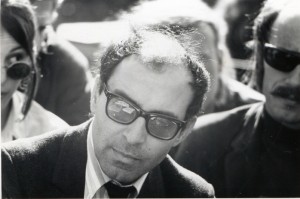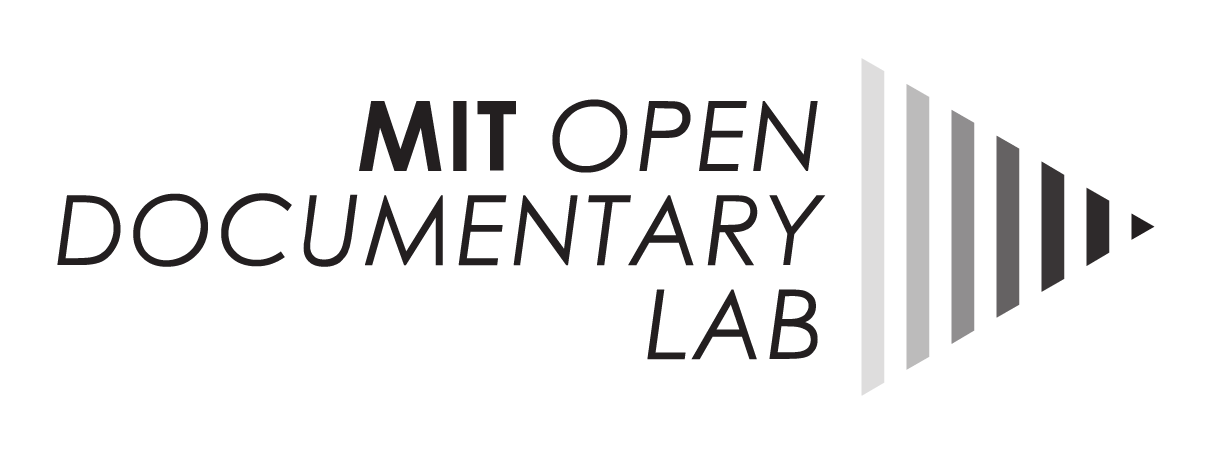
11 Dec Moments of convergence and innovation between documentary film and interactive media, Part 8
Moments of convergence and innovation between documentary film and interactive media: Decade 1990-2010
by Arnau Gifreu Castells.
To formulate a relevant concept for the interactive documentary field we need to explore some aspects of the two key areas: the documentary genre and the interactive medium. This new series presents a combined, parallel, and comparative historical chronology of these areas up to the present moment of confluence. The two stories we are following here begin, to a certain extent, in the seventeenth century. It should be noted, however, that a number of theorists, scientists, inventors, and entrepreneurs had already developed a handful of theories and experiments that led up to what happened a few centuries later. We will focus our analysis on the seventeenth to the nineteenth century and place special emphasis on the twentieth and early twenty-first century. In this post we will discuss some points of convergence and innovation that occurred in the twentieth century.
In the history of digital media the last decade of the 20th century has probably been the most active in the creation of all kinds of technological inventions. Since the 90s there has been a kind of explosion of companies and creators so that today there is a supersaturation of programs (software) and widgets/applications (hardware).
In the early 90s the hypertext for the World Wide Web (www) was created, the rules of the HTTP transmission protocol were established, and the language of HTML documents and the concept of URLs were developed by the visionary Tim Berners-Lee. Free software began in 1991 thanks to Linus Torvalds, who started to develop Linux, a Unix-like operating system.

Tim Berners-Lee
Source: Wikipedia
URL: http://en.wikipedia.org/wiki/Tim_Berners-Lee#mediaviewer/File:Tim_Berners-Lee_2012.jpg
The interval between 1994 and 1996 was particularly advantageous because interactive applications were consolidated, and cultural and dissemination paths were initiated that can be considered the first versions of offline interactive documentaries, e.g., for CD – ROM or DVD –ROM in 1994: Le Louvre, Microsoft Art Gallery, The Day After Trinity. J. Robert Oppenheimer and the atomic bomb; Moi, Paul Cezanne; 1995: Rehearsal of Memory; 1996: Au cirque avec Seurat, Le Mystère Magritte, Makers of the 20th Century, The Musée d’Orsay, Visite virtuelle, Opération Teddy Bear. Between 1996 and 1997 Internet2 was created, which is a network that is faster than the original Internet and which appears in Inmemory (Chris Marker, 1997), an important piece of film essay.
The first decade of the present century was the time when the explosion occurs and the interactive documentary has become a reality. The technical implementations and new trends of the documentary came together to give life to this new format. On one hand, Web 2.0 appeared and permeated all levels of the network, empowering the birth of social networking. Facebook and Twitter have become the most successful social networks over the years.
The new (or latest trends in documentaries, depending on how you look at it) have already produced two or three leading exponents. The most important are film-essays by Chris Marker, Jean Luc Godard, Harun Farocki, and Marlon Riggs; the “dogumentary” or “dogma documentary,” whose main exponent is Lars Von Trier; the “deconstruction of documentary” or “ephemeral films,” represented by Kevin Rafferty; the found footage documentary by Jay Rosenblatt and Peter Forgács; “film grabbing” led by Craig Balwin; “experimental ethnography” represented by Trinh T. Minh-ha; the autobiographical films of Ross McElwee; filmmaker Agnes Varda as a collector; the documentary led by the first person as director (personality films), represented by Alain Berliner; Lourdes Portillo and Michael Moore’s documentary; the rebuilt/dramatized documentary by Errol Morris; and the fake documentary or mockumentary by Peter Watkins.

Jean-Luc Godard
Source: Wikipedia
URL: http://es.wikipedia.org/wiki/Jean-Luc_Godard#mediaviewer/File:Jean-Luc_Godard_at_Berkeley,_1968_(1).jpg
Arnau Gifreu Castells (PhD)
Research Affiliate, MIT Open Documentary Lab
agifreu@mit.edu
References
Gifreu, A. (2012), The interactive documentary as a new audiovisual genre. Study of the emergence of the new genre, approach to its definition and taxonomy proposal and a model of analysis for the purposes of evaluation, design and production. [Doctoral Thesis]. Barcelona: Universitat Pompeu Fabra. Communication Department.
Gifreu, A. (2013), Pioneros de la tecnología digital. Ideas visionarias del mundo tecnológico actual. Barcelona: Tic Cero. Editorial UOC.
Jones, S. (2003), Encyclopedia Of New Media: An Essential Reference to Communication and Technology, New York: The Moschovitis Group.
Lee, J.A.N. (1995), Computer Pioneers. Los Alamitos, California: IEEE Computer Science Press.
Norman, J. M. (2005), From Gutenberg to the Internet: a Sourcebook on the History of Information Technology.Vol. 2, Novato California: History of Science.



